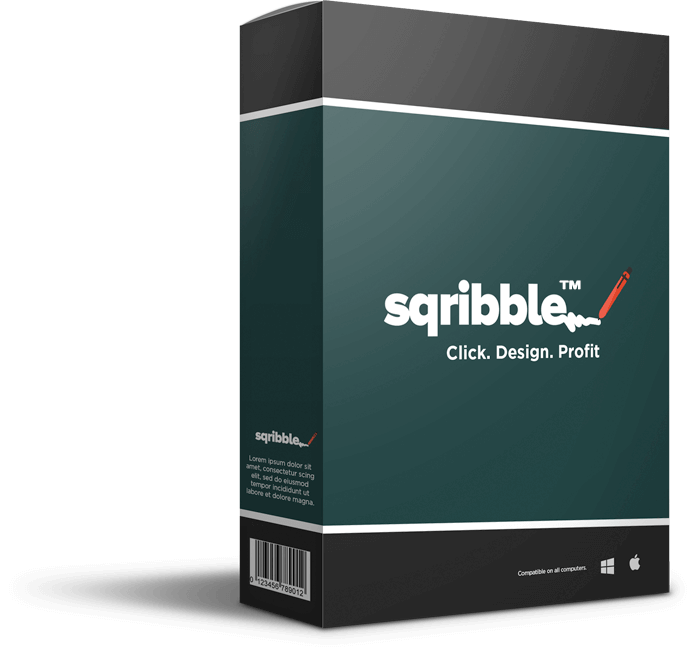In today’s hyper-connected world, we are surrounded by digital distractions—from smartphones that buzz with notifications to social media platforms that demand constant attention. While technology offers immense benefits, the overuse of it often leaves us feeling overwhelmed and burnt out. This is where **digital minimalism** comes into play—a philosophy that promotes using technology in a more intentional and meaningful way.
What is Digital Minimalism?
- Digital minimalism isn’t about giving up technology entirely; it’s about finding a balance. It encourages users to focus on tech that truly adds value to their lives while minimizing unnecessary distractions. In essence, it’s about controlling technology rather than letting it control you.
The Downsides of Digital Overload
- Living in a world where notifications, emails, and constant connectivity are the norms can be exhausting. Here are some of the most common effects of digital overload:
1. Mental Fatigue: Constant notifications disrupt focus and leave the brain in a constant state of alertness.
2. Decreased Productivity: Multitasking between apps and tasks actually decreases productivity instead of increasing it.
3. Less Mindfulness: We often miss out on the present moment when we are distracted by our screens.
Benefits of Digital Minimalism
- Embracing digital minimalism has numerous benefits that extend beyond reducing screen time:
1. Increased Focus and Productivity: By eliminating unnecessary apps and notifications, you can focus more on tasks that matter.
2. Improved Mental Health: Reduced tech use leads to lower stress levels and improved mindfulness.
3. Deeper Relationships: Spending less time online allows for more meaningful, in-person interactions.
How to Practice Digital Minimalism
1. Conduct a Digital Detox: Start by identifying which apps, websites, or habits are taking up the most of your time without offering significant value. Consider a temporary digital detox to reset your relationship with technology.
2. Limit Social Media: Set boundaries for how and when you use social media. You might decide to check it only once a day or remove certain apps from your phone entirely.
3. Turn Off Notifications: Disable non-essential notifications on your devices. This can significantly reduce distractions throughout the day.
4. Set Digital Boundaries: Establish time limits for using technology. For example, you can make a rule to avoid screen time for an hour before bed or during meals.
5. Curate Your Digital Environment: Keep only essential apps and programs that serve a purpose. Unsubscribe from unnecessary newsletters, unfollow accounts that don’t add value, and clean up your digital spaces.
Real-Life Example: How I Embraced Digital Minimalism
A few months ago, I decided to adopt a digital minimalism approach after realizing how much time I was wasting on my phone. I began by decluttering my phone—removing apps I didn’t use and limiting my social media use to 15 minutes a day. The results were almost immediate. I felt more present, less anxious, and more in control of my time.
Conclusion
In a world driven by technology, it’s easy to fall into the trap of digital overload. However, by embracing digital minimalism, we can reclaim our time, improve our well-being, and lead more intentional lives. Technology should be a tool that enhances our life, not a distraction from it. By making small, mindful changes to our digital habits, we can enjoy the best of both worlds—staying connected while protecting our mental space and productivity.
